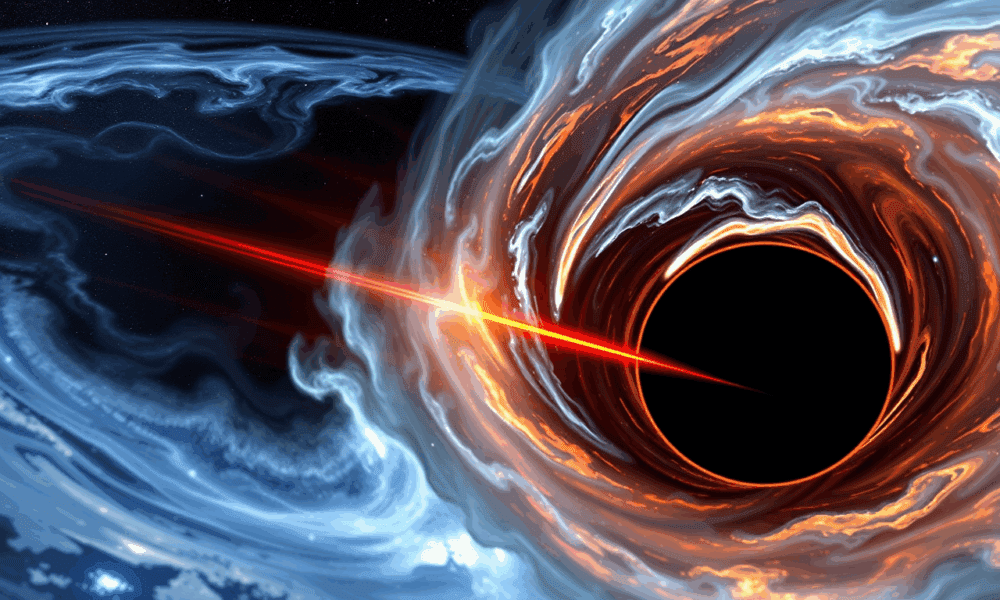
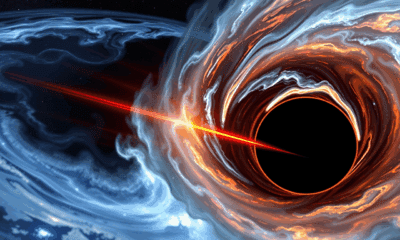

Supermassive black holes might naturally replicate the colossal energies of man-made particle colliders possibly even revealing dark matter offering a cosmic shortcut to discoveries that would...
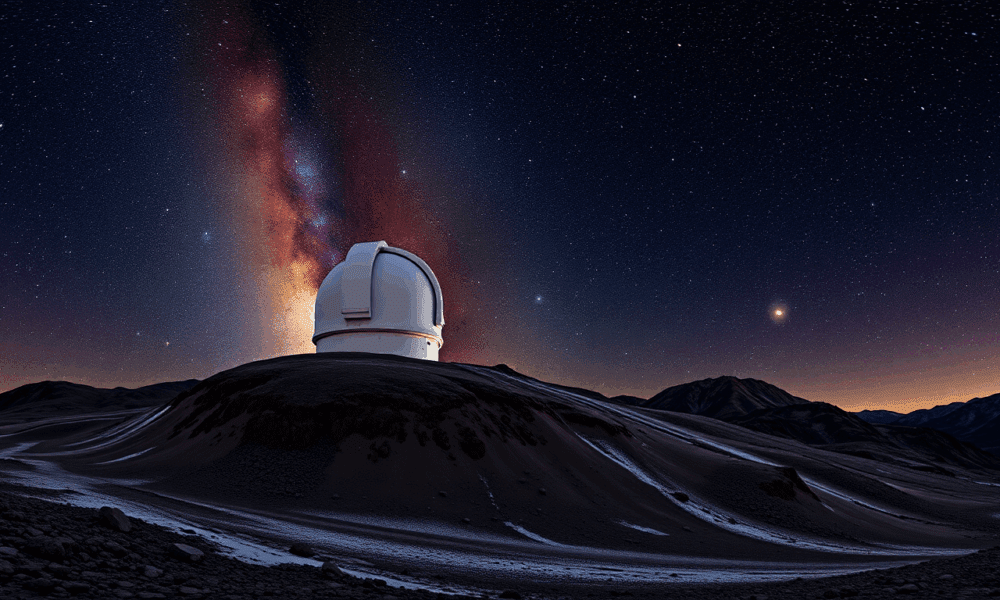
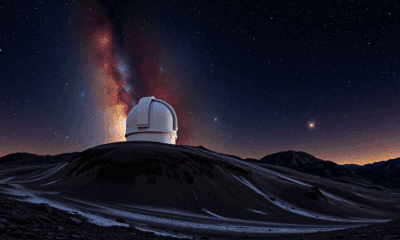

Astronomers have revealed new research showing that millions of new solar system objects are likely to be detected by a brand-new facility, which is expected to...
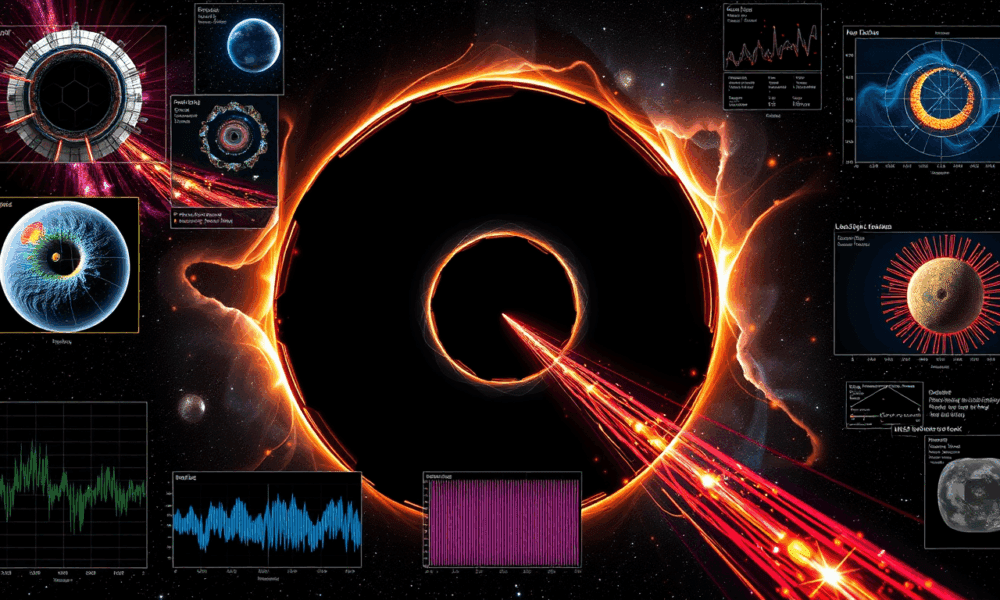
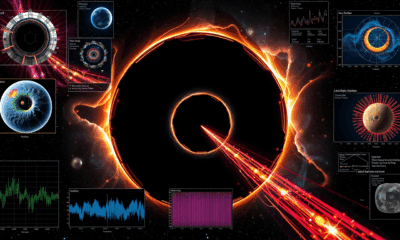

A series of studies sheds light on the origins and characteristics of intermediate-mass black holes.
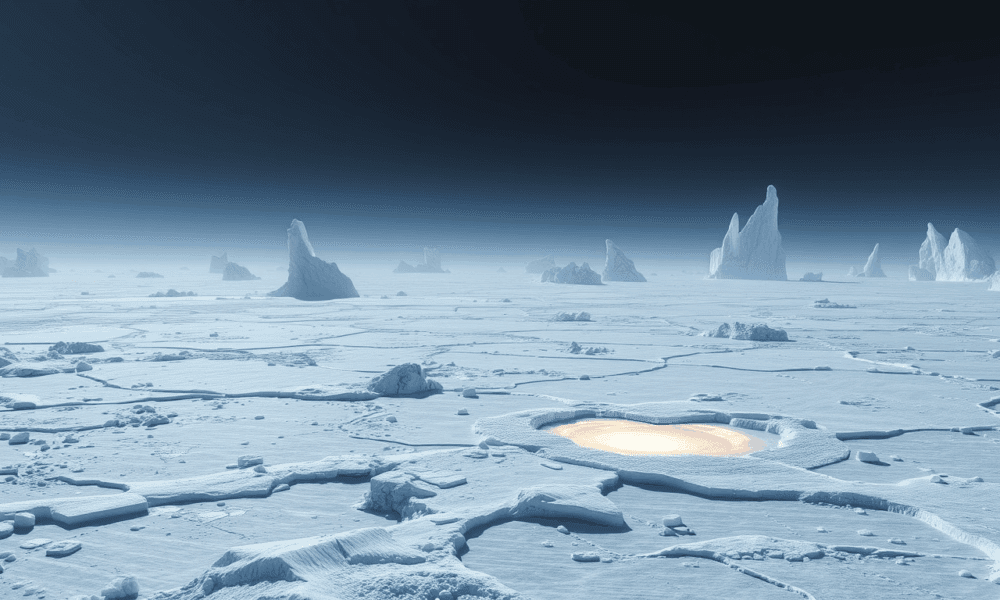
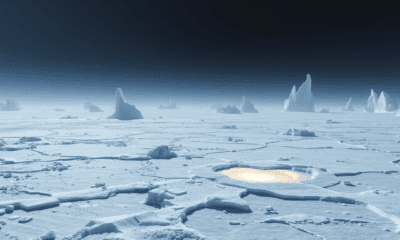

A series of experiments support spectral data recently collected by the James Webb Space Telescope that found evidence that the icy surface of Jupiter's moon Europa...
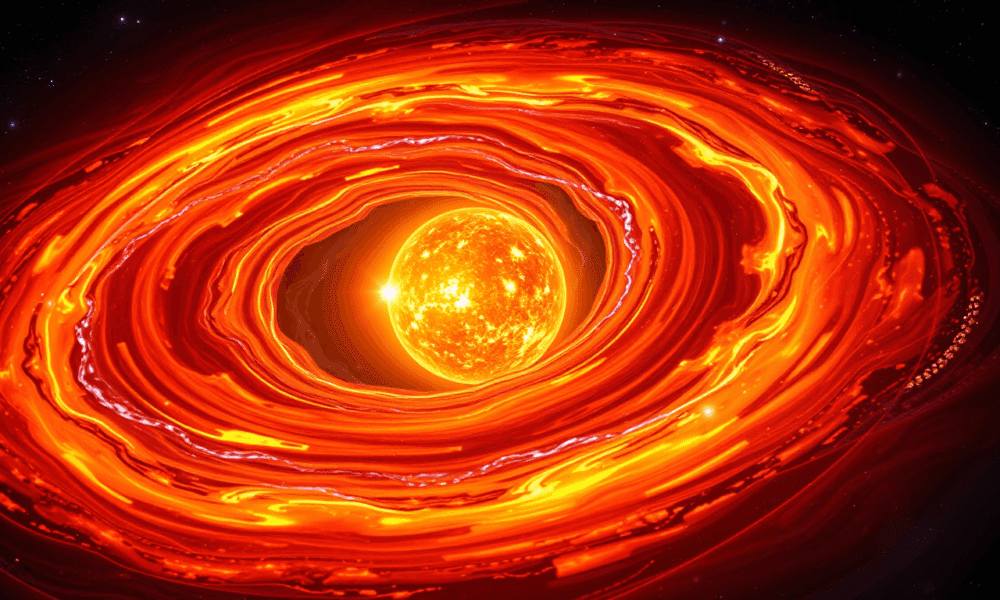
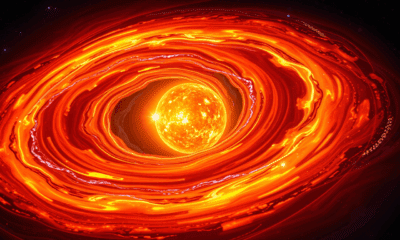

The fundamental building blocks for planet formation can exist even in environments with extreme ultraviolet radiation, according to a new study.

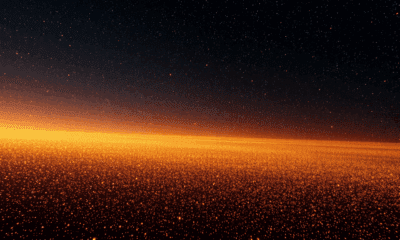

Researchers propose a new theory for the origin of dark matter, the invisible substance thought to give the universe its shape and structure. Their mathematical models...
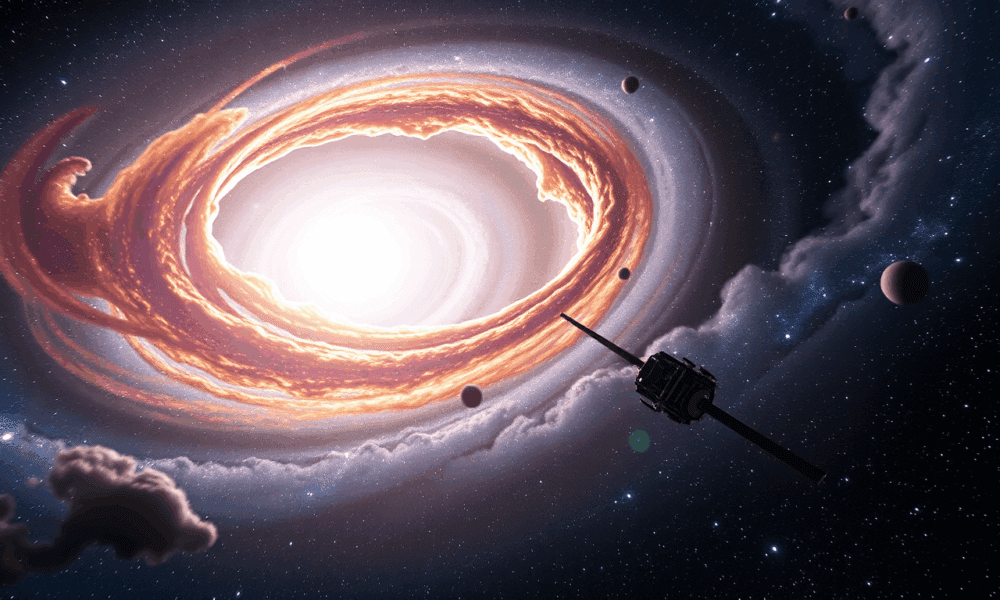
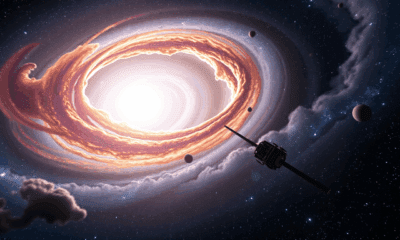

The NASA New Horizons spacecraft's extensive observations of Lyman-alpha emissions have resulted in the first-ever map from the galaxy at this important ultraviolet wavelength, providing a...
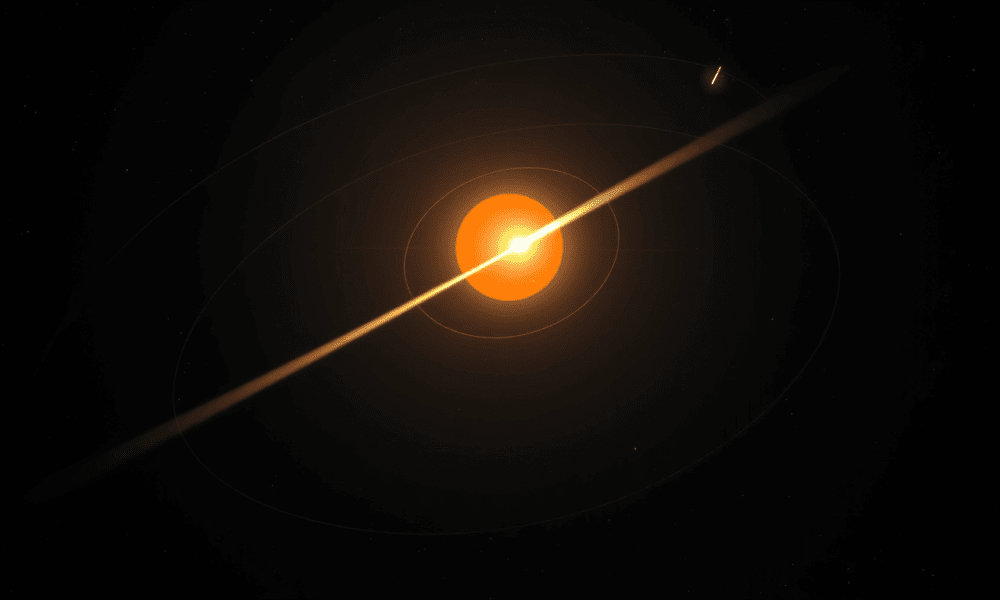
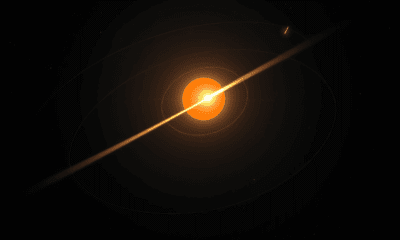

Why do comets and their meteoroid streams weave in and out of Earth's orbit and their orbits disperse over time? Researchers show that this is not...
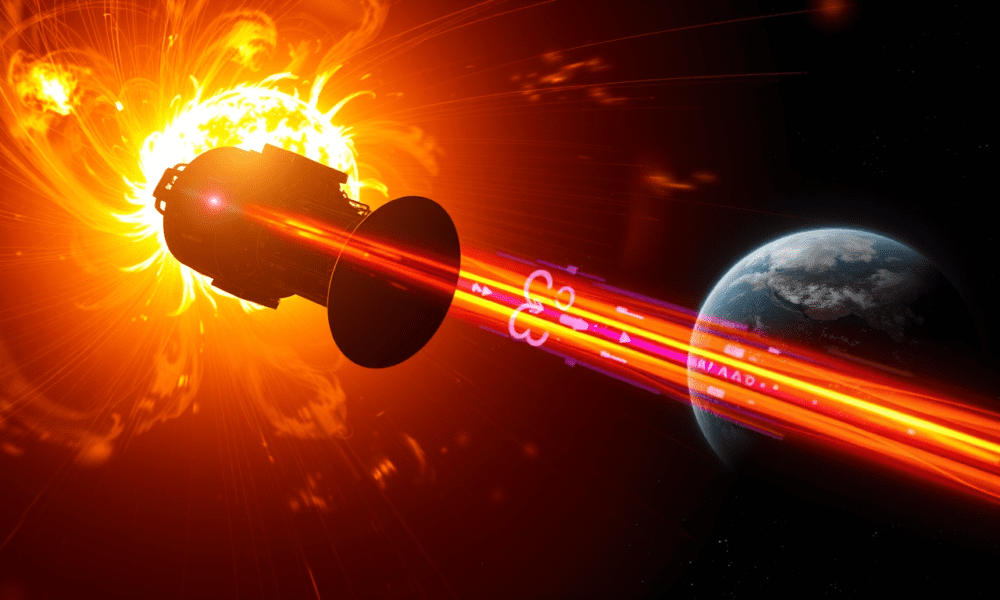
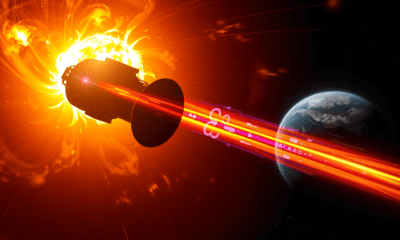

The NASA/ESA Solar Orbiter recently recorded the highest-ever concentration of a rare helium isotope (3He) emitted from the Sun. A Southwest Research Institute-led team of scientists...
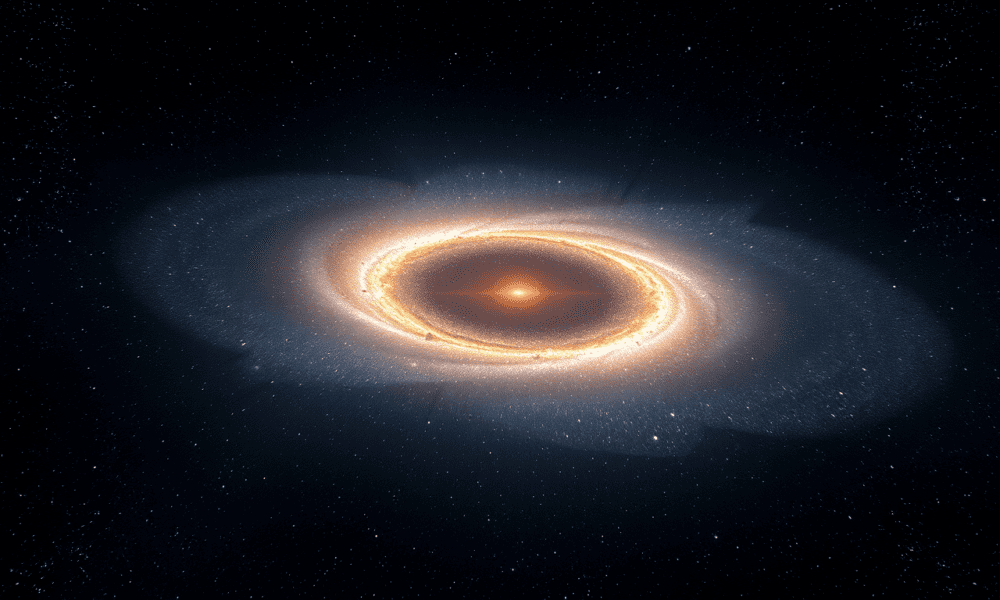
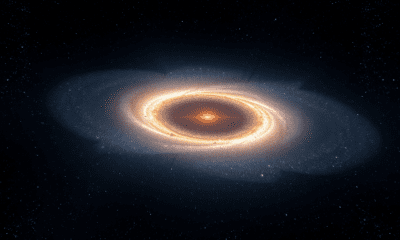

Every galaxy is thought to form at the center of a dark matter halo. Stars are formed when gravity within dark matter halos draws in gas,...